What is the process of Hot-dipped Galvanized Steel Coils?
Hot-dipped galvanized steel coils are produced through a process known as hot-dip galvanizing. This process involves coating steel coils with a layer of zinc to provide corrosion protection and enhance the steel's durability. Here is an overview of the hot-dip galvanizing process for steel coils:
Preparation of Steel Coil: The process begins with the preparation of the steel coil. The steel undergoes a series of cleaning and surface preparation steps to remove any oil, rust, or other contaminants that may be present on the surface. This is crucial to ensure good adhesion of the zinc coating.
Acid Pickling: The cleaned steel coil is often immersed in an acidic solution, typically hydrochloric acid or sulfuric acid, to further remove any remaining mill scale and rust. This step helps create a clean and chemically reactive surface for the zinc to bond with.
Fluxing: After pickling, the steel is typically immersed in a flux solution. The flux helps to protect the steel surface from oxidation before it is immersed in the molten zinc bath. It also promotes the formation of a smooth, even zinc coating.
Galvanizing Bath: The critical step in hot-dip galvanizing is the immersion of the prepared steel coil into a molten zinc bath at temperatures typically ranging from 815°F to 850°F (435°C to 455°C). The molten zinc bath is maintained at a specific temperature to ensure proper bonding of the zinc to the steel.

Investment Casting Carbon Steel
How to Select the Right Material for Your Metal Forming Project
What is metal palisade fencing?
What is The Protective Coating For Coils?
Spring Steel Material Specification & Wire Size Charts
Stainless Steel Sheets with Vibration Non-Directional: An Aesthetic Marvel
Decoration Profiles: Enhancing Spaces with Style and Functionality
Formation of Zinc Coating: When the steel coil is immersed in the molten zinc bath, a metallurgical reaction occurs. The zinc reacts with the iron in the steel to form a series of zinc-iron alloy layers on the surface. The thickness of the zinc coating can be controlled by the immersion time and the withdrawal speed of the steel coil from the bath.
Cooling: After the steel coil is withdrawn from the zinc bath, it is allowed to cool in the air or by using water quenching, depending on the desired properties of the galvanized coating. Cooling helps solidify the zinc coating and ensures its uniformity.
Finishing: Once the steel coil has cooled, it may undergo additional processes like leveling, tension leveling, or slitting to achieve the desired thickness and dimensions for the final product.
Inspection and Testing: Quality control and inspection are essential steps in the process. Various tests may be conducted to ensure the coating thickness, adhesion, and overall quality meet the required standards.
Hot-dipped galvanized steel coils are widely used in various industries, as mentioned in the previous response, due to their excellent corrosion resistance and durability. The zinc coating acts as a sacrificial layer, protecting the underlying steel from corrosion, making it a preferred choice for outdoor and harsh environments.
5 Tips on How to Maintain a Gazebo
Advantages of Color Coated Steel Coils
How Long Do Steel Rails Last?
Installation Tips for Gabion Wire Mesh
The Ultimate Guide to Wire Mesh Fence: A Comprehensive Overview
Understanding Security Screen Types and Grading
Advantages and Applications of Aluminum Sheet
399
0
0
Related Articles
-
654
0
0
-
628
0
0
-
652
0
0
-
629
0
0
-
636
0
0
-
649
0
0
-
584
0
0
-
618
0
0


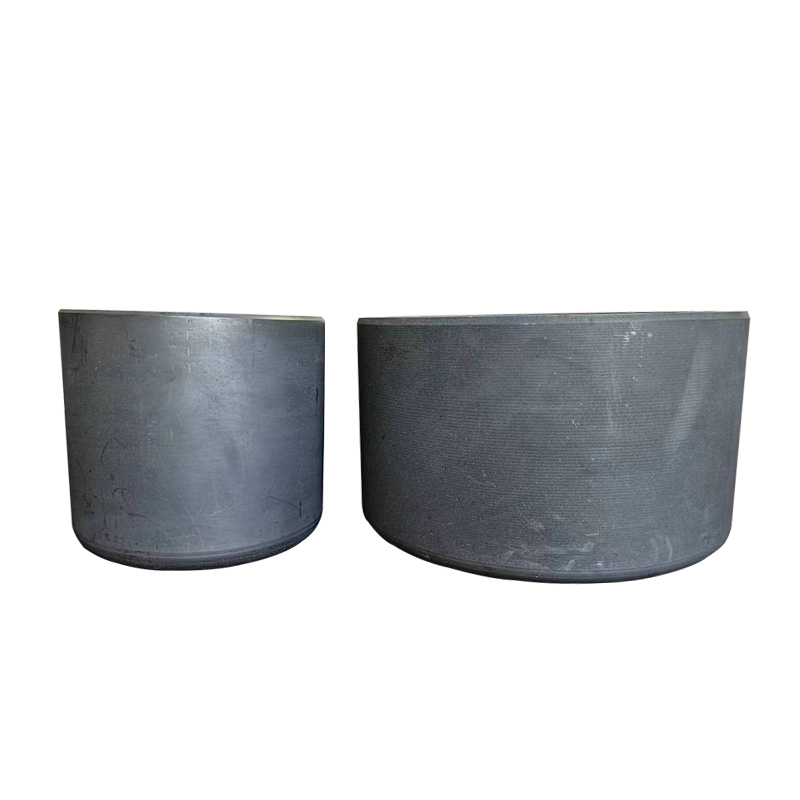
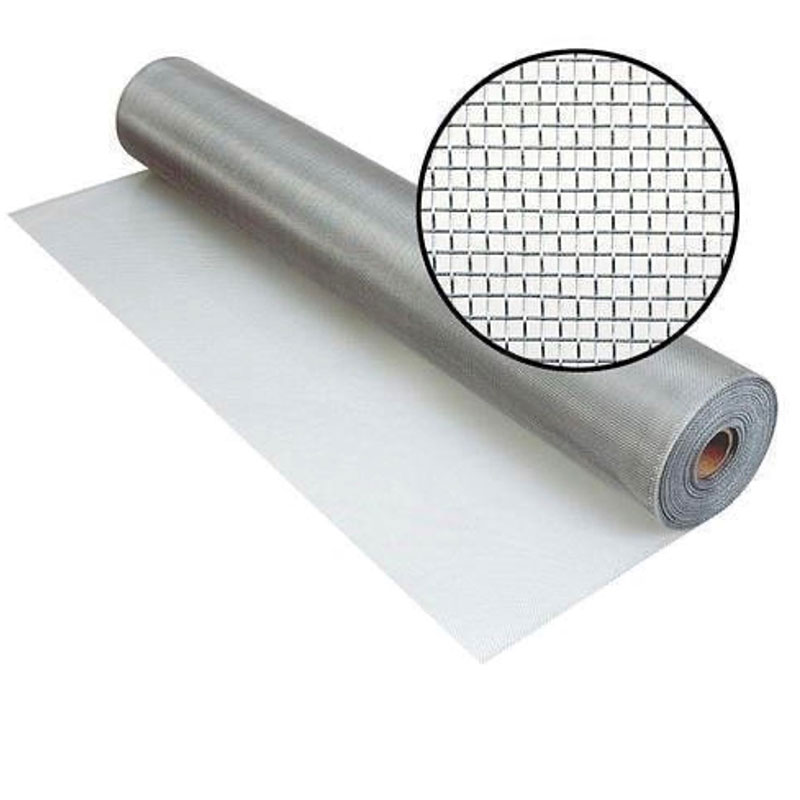
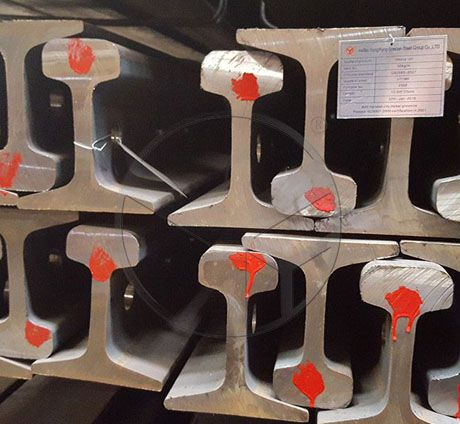
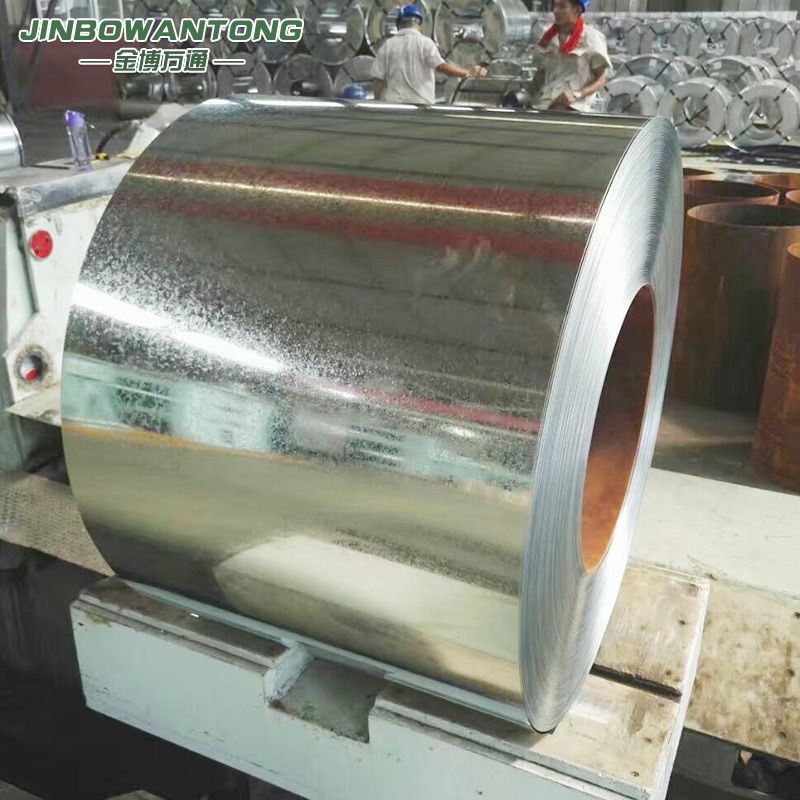

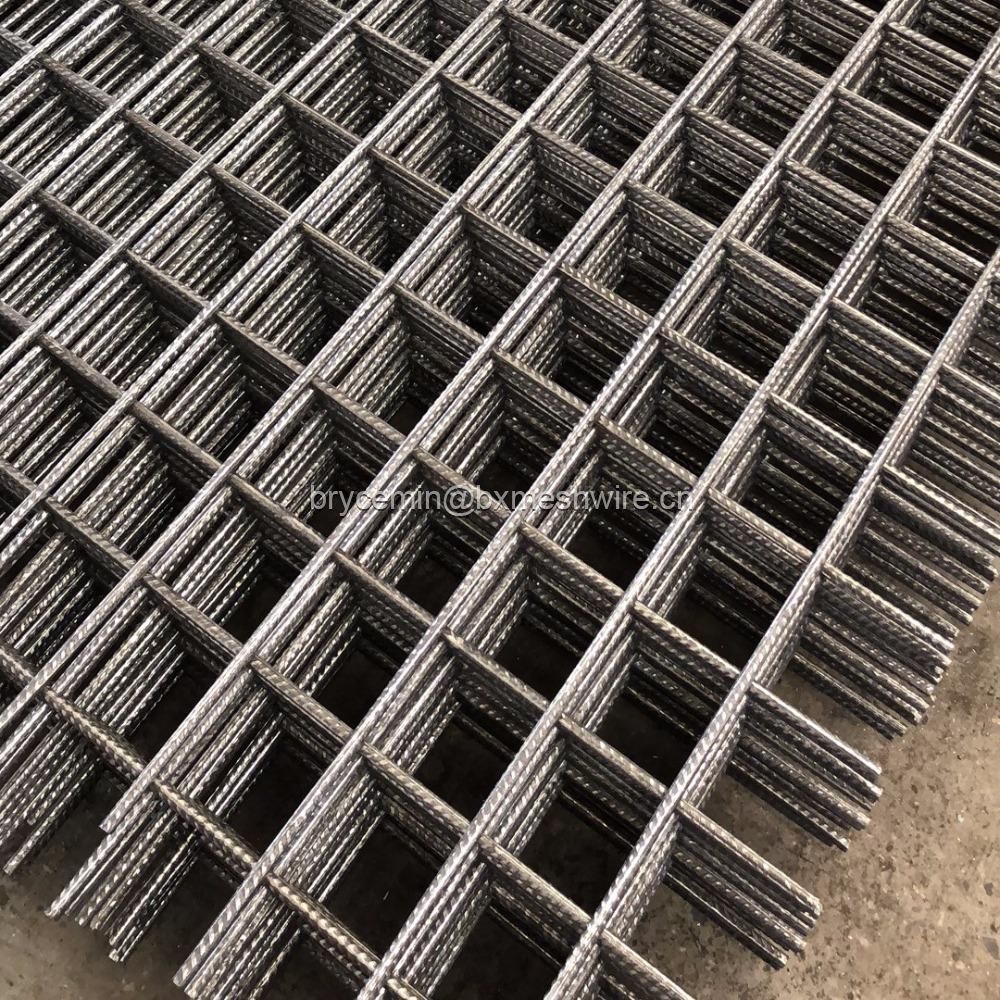
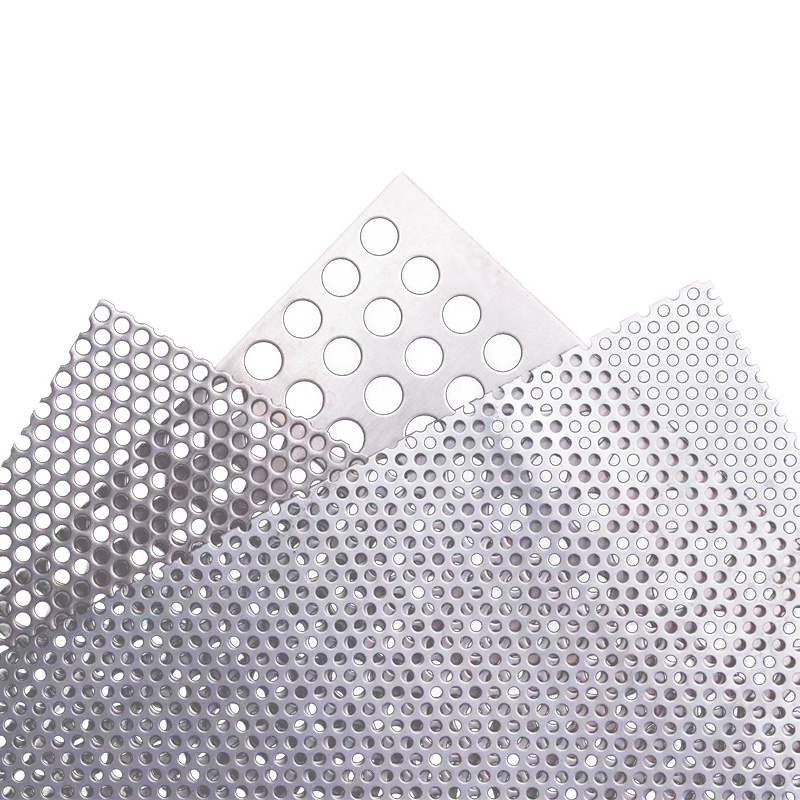
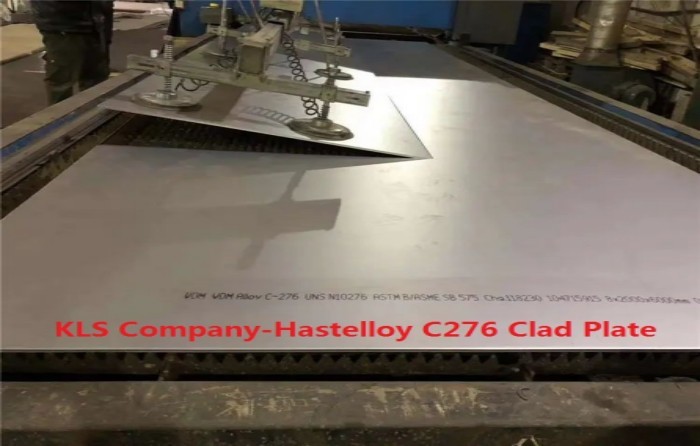
Comments
All Comments (0)